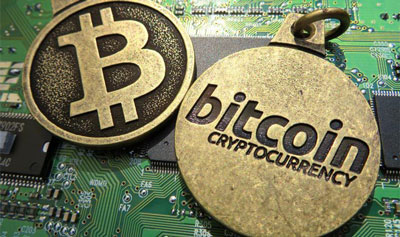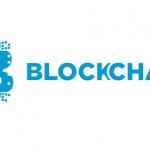Bitcoin 2.0: What do banks want from blockchains?

Most financial institutions are currently in stealth mode, trying to wrap their heads around some version or other of a blockchain, the shared ledger system made famous by Bitcoin.
But banks don’t want decentralisation or anonymity or open access. They are looking for privacy and permissions, as well as speed and a protocol that can be controlled and altered where necessary.
Dr Gideon Greenspan, founder and CEO of Coin Sciences told a recent technology briefing organised by Fintech Storm in London, exactly what he thinks banks are looking for from their blockchains.
He said: “They want this to be private. They don’t want this to be visible to the entire world. They want to have control over how much capacity this ledger has, how many transactions it can do per second.
“They want to know how much it’s going to cost. They want to know who is confirming transactions. They don’t want to have it as an anonymous process. They want to say this body and this entity and this company can confirm transactions. They want to administrate it collectively.
“Banks aren’t really interested in cryptocurrencies at all; they don’t really want to be dealing in things like bitcoin or units of Ethereum,” he said.
Greenspan believes banks don’t actually care about the details, inasmuch as they don’t really want to get into the coding of all the protocols.
“They are interested in blockchains as a tool. It’s another tool, it’s another piece of technology that can be used for financial institutions to make their processes more efficient.”
Banks want fast blocktime. On average it takes the bitcoin network about 10 minutes from when a transaction is created to when a transaction is confirmed and finalised, which is not good enough for most financial institutions.
Crucially, banks want permissioned ledgers so they can say who can connect to the network, who can send, who can receive and who can confirm transactions.
And running a private, permission-based shared ledger allows room for some useful innovation, if you happen to be a bank.
For starters, you can embed a complete audit trail of the assignment of all permissions inside the blockchain itself.
“If you think about it, a traditional database is a bunch of data and you’ve got some separate information which says who is permitted to do what on that database.
“In a blockchain you can put all that information in a cryptographically secure and proven way so anyone can examine the whole history of this blockchain to see who has been assigned permission to do what by who.
You can demand that every block is digitally signed by a miner so you know who created each block and can check each block is signed by one of those entities on the permitted list.
While the bitcoin network expends vast amounts of collected computation power to prevent a 51% attack, private blockchains can employ simple but effective security enhancing techniques such as forced rotation mining patterns.
Greenspan explained: “If there are ten permitted miners we could insist that at least eight of them mine in rotation.
“If there’s fewer than that mining then we don’t consider it a valid blockchain. If it’s a sequence and a miner mines a block having mined one too recently, the whole network says no – we are not accepting that block.
“So you can create forced round robin rotation of miners on a blockchain with a permissioning system.”
He said such systems also represent delivery versus payment enforced by the data layer rather than being enforced by some central authority.
“Think about doing safe atomic delivery versus payment exchange transactions where you don’t know the identity of your counterparty – that’s a kind of interesting feature.”
Other applications that people are talking about included identity processing. This could simplify and cut costs of AML processing (a big deal for banks), the results of which could be shared by those with access to a ledger.
Greenspan said these possibilities have led to a wealth of R&D going on at the moment, a lot of experimenting pilot projects.
He added that his open source MultiChain product is designed to make these pilots easier.
“There are loads of docs for developers and a white paper which I’m told is mostly in English,” he said.
IBTimes asked Greenspan about the revue model for MultiChain. He said: “MultiChain is a learning tool, both for ourselves and its users, so its business model is a mixture of consulting and dual-licensing (for those who need more than the standard GPL open source license).
“Longer term our goal is to learn from how MultiChain is used and what is missing, and use that information to build a more powerful blockchain platform, not derived from Bitcoin Core, which offers much higher throughput and greater flexibility. I expect this will be a regular software product that generates revenue via licensing.”
And which financial institutions are looking at MultiChain?
“I don’t want to name companies without getting their approval first, but we are in contact with most of the banks that you see listed in the regular articles that come out in the media listing “which banks are looking at blockchain technology”, including around 10 tier-1 banks headquartered in the US or Europe.
When asked whether rotation mining was a staple in the best-known private blockchain protocols, such as Hyperledger, Greenspan said that round-robin mining is a commonly arrived-at solution. “I have seen it mentioned in Eris’ documentation, for example, though I have not managed to try it out for myself.
“My understanding of Hyperledger is that it uses a completely different consensus approach based on voting on individual transactions,” he added.
Asked if he knew which banks were looking at Hyperledger, Greenspan answered: “Several people have told me that the current Hyperledger code base is more of a proof-of-concept than a final product, so it might be a little early for them yet.”
Source: IBtimes – Bitcoin 2.0: What do banks want from blockchains?





























